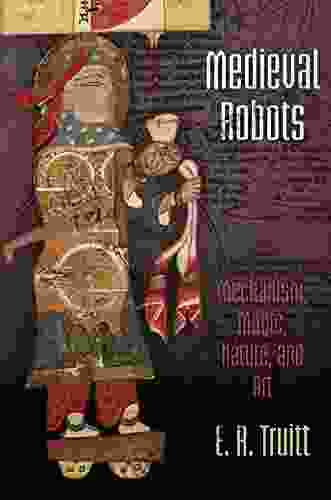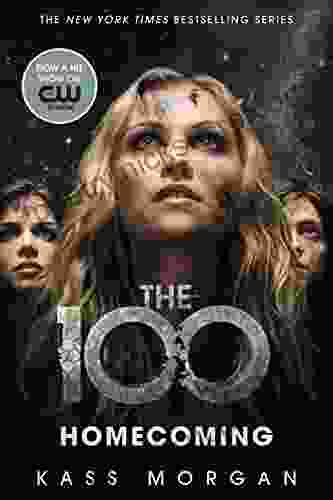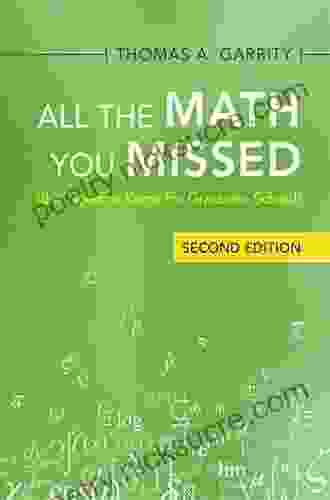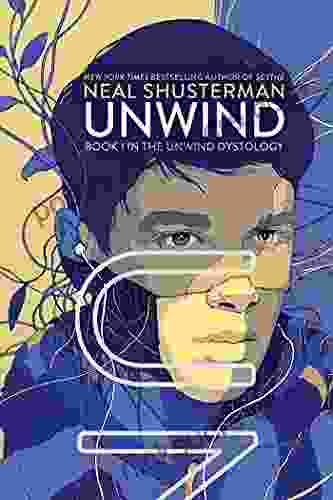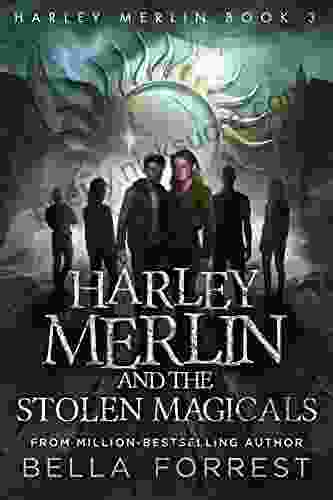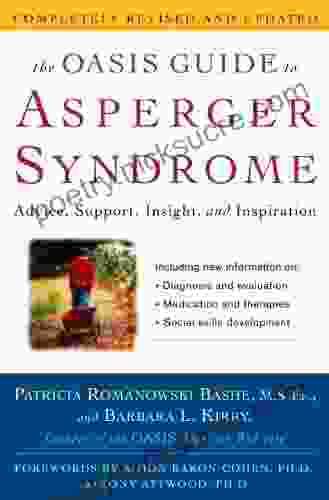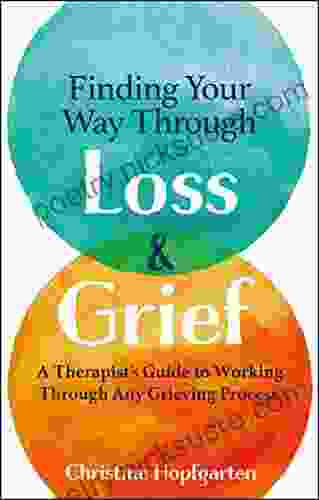The Middle Ages, often perceived as a period of darkness and superstition, was a time of remarkable intellectual and artistic flourishing. It was an era where the boundaries between science, magic, nature, and art blurred, creating a unique and captivating tapestry of human endeavor.
Medieval Mechanisms and Inventions
The Middle Ages witnessed a surge in mechanical innovation and technological advancements. Master craftsmen and engineers pushed the boundaries of science and engineering, creating ingenious devices and machines. One of the most iconic creations of this period was the mechanical clock, which revolutionized timekeeping and marked the beginning of precise measurement.
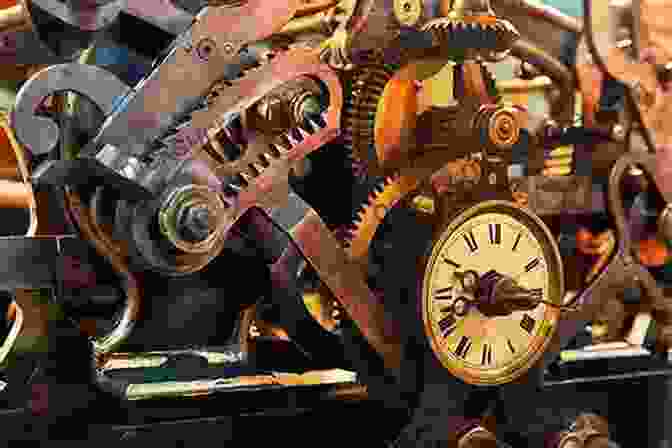
Beyond clockmaking, medieval inventors also developed innovative tools and machines for various purposes. Watermills, powered by the force of moving water, provided a renewable source of energy for grinding grain and other tasks. Windmills, harnessing the power of the wind, became essential for pumping water and milling flour. These inventions transformed agricultural practices and paved the way for increased productivity.
Magic and the Supernatural
Alongside technological advancements, the Middle Ages was also a time of profound belief in the supernatural. Magic, astrology, and alchemy played significant roles in people's lives and influenced their understanding of the world. Alchemists sought to transmute base metals into gold, while astrologers studied the movements of celestial bodies to predict the future.
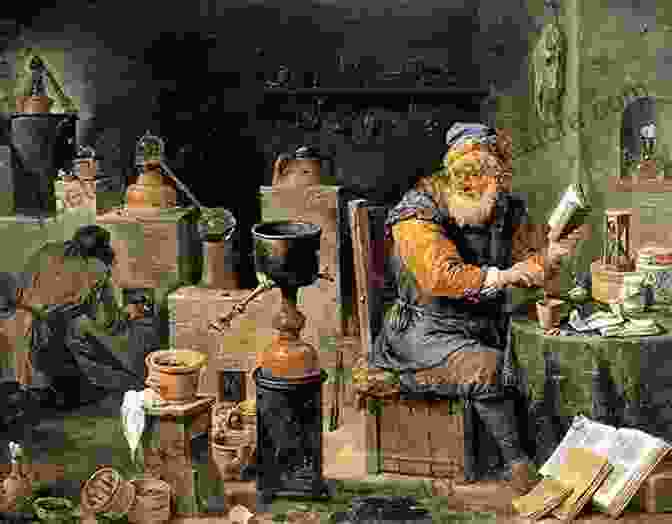
The intersection of magic and science was evident in the creation of talismans and amulets, objects believed to possess supernatural powers or provide protection. These objects, often inscribed with symbols and incantations, were highly valued and used for healing, warding off evil spirits, or bringing good fortune.
Nature and the Divine
The medieval worldview placed great emphasis on nature and the divine. The natural world was seen as a reflection of God's creation and a source of spiritual insight. Medieval artists and scholars studied the intricacies of the natural world, observing the movements of the stars, the behavior of animals, and the growth of plants.
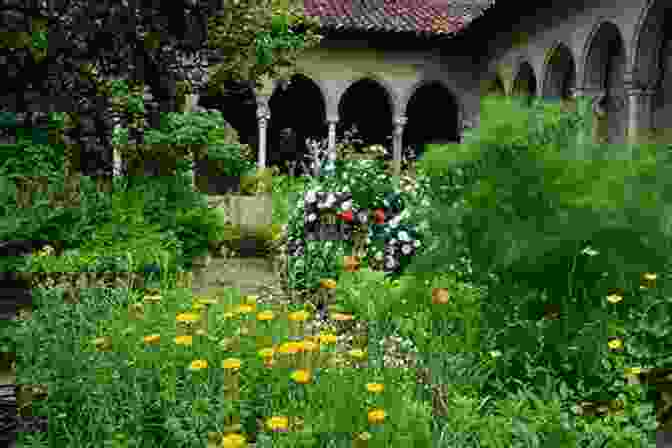
Nature became a source of inspiration and symbolism in art and literature. Plants, animals, and celestial bodies were infused with religious and allegorical meanings, enriching the visual and textual landscape of the Middle Ages. Gardens, meticulously designed with symbolic plants and geometric patterns, became places of contemplation and spiritual reflection.
Art and the Expression of the Supernatural
Medieval art played a vital role in expressing the beliefs, values, and experiences of the time. Religious themes dominated artistic production, with churches and cathedrals adorned with intricate carvings, colorful stained glass windows, and majestic frescoes. These artworks depicted biblical scenes, the lives of saints, and the hierarchy of angels and demons.
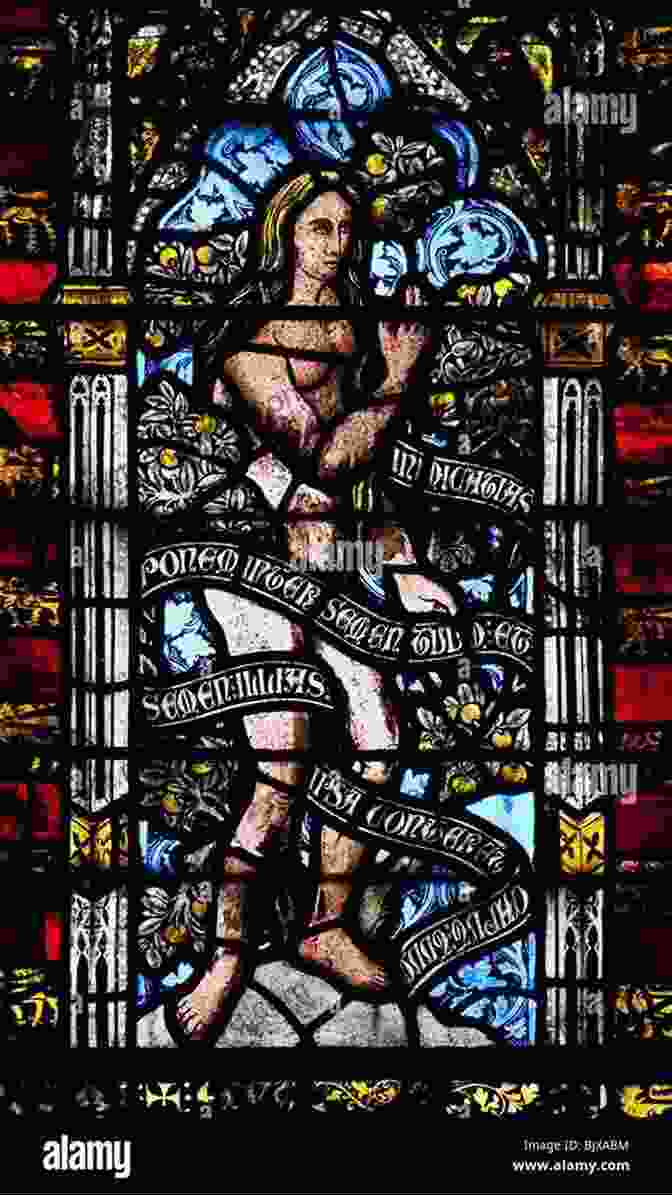
The depiction of the supernatural in art was not limited to religious subjects. Secular works, such as illuminated manuscripts and tapestries, also featured fantastical creatures, magical objects, and scenes of enchantment. These works reflected the medieval fascination with the unknown and the belief in the power of the imagination.
The interplay between mechanism, magic, nature, and art during the Middle Ages created a unique and fascinating era of human history. It was a time of scientific advancements, cultural beliefs, and artistic expressions that have left an enduring legacy on our world. From the intricate workings of mechanical clocks to the awe-inspiring beauty of medieval cathedrals, the Middle Ages stands as a testament to the ingenuity, creativity, and spiritual aspirations of our ancestors.



